
views
If a few years ago we were to ask you about the first thing that comes to your mind when you hear the word ‘Tata Motors’, then you most likely would have mentioned something about the commercial vehicles. Tata has been a household name in India for decades and was known for buses, trucks and light commercial vehicles. Having tasted the success in commercial vehicles, Tata decided to enter the mass passenger car segment with the highly acclaimed Indica hatchback in 1998, that went onto become a success in India.
While the initial few years were exceptional for the Indica, 2005 onwards problems started to arise for the brand. Growing competition and quality issues created a bad reputation for Indica, at least in the personal car segment. The frugal, contemporary and quality products from brands like Maruti Suzuki and Hyundai restricted the Indica sales to only commercial vehicles, again reasserting the long established fact that Tata Motors is good for fleet operations only.
Then there were projects like Nano, Indigo, and Sumo that showed good initial prospects, but failed to take off. Fast forward to 2015, a lot of things changed for Tata, and the brand has become one of the most promising car manufacturers in India. From Tiago to Nexon and now Harrier, Tata has launched some ground breaking products in the last couple of years. But this success was not sudden as Tata Motors started to show the sign of changes 2010 onwards.
Here’s how Tata Motors turned the wheels of fortune and re-imagined the way we look at cars!
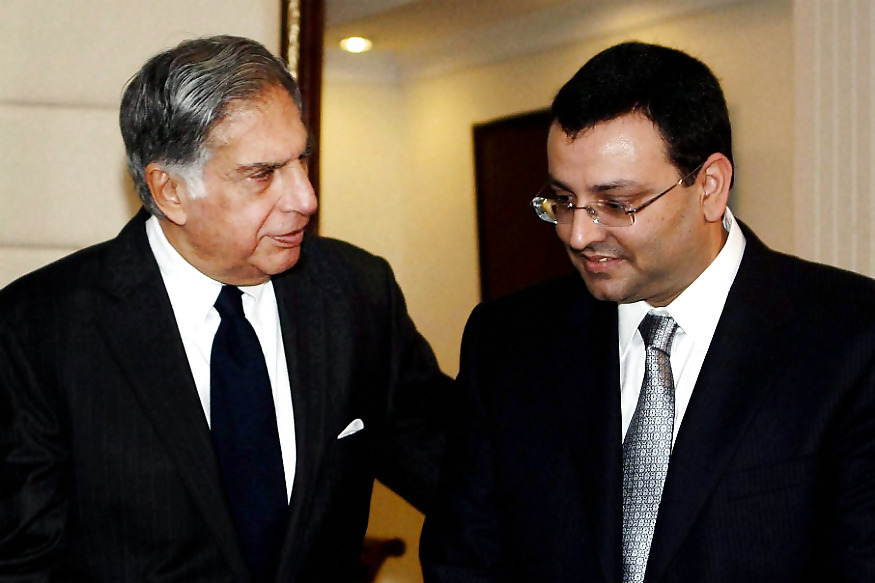
Strong Foundation
Tata Motors has been a well-known name in the automotive industry for decades and as a result, has stood the test of time. While Tata’s name was already strong, the launch of Indica made it famous as India’s first indigenous car manufacturer. Tata received more than 115000 bookings for the Indica in the 1st year alone, making the best-seller for years and managed to sell close to 1 million Indicas in 20 years.
This means 'Tata' has a better recall value across the country as compared to some of the newer brands that have entered the Indian market in the past few years. And when it comes to the Indian buyers, they take their time before fully trusting a brand and that's an area where Tata Motors have an upper hand amongst others. All they needed was a strong product to reassert their brand.
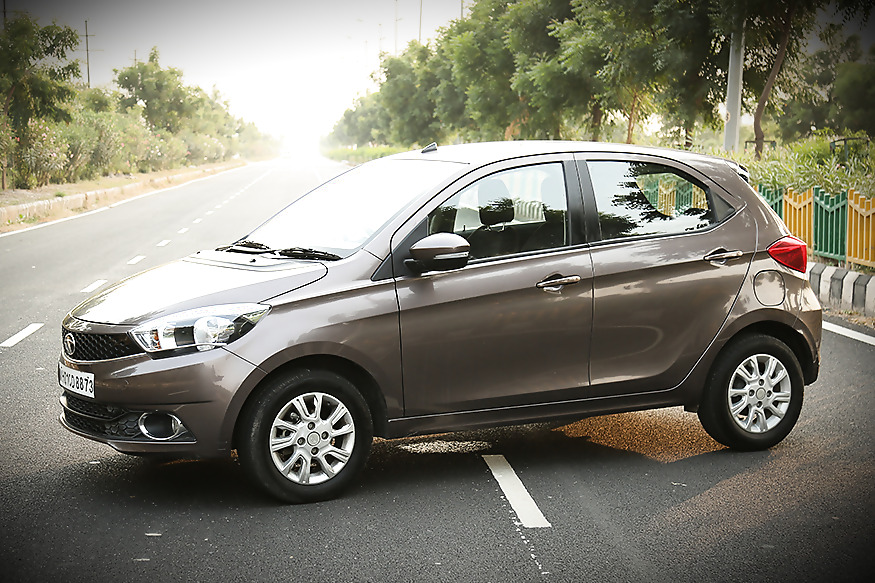
The Turning Point
The turning point for Tata Motors has to be the launch of the Tata Tiago in 2016. But it was not the strongest of starts to say the least. At first, it was called as the Tata Zica - which was short for 'Zippy Car' - but then it had to be changed as the Zica Virus outbreak happened at the same time. The name was then changed to Tiago and the world first got to see the car in flesh during the 2016 Delhi Auto Expo. This was coming along the lines of the media drives which happened in January 2016, a month before the Auto Expo, where the car impressed in several areas and as a result had a good word of mouth going around. And there it was – a brilliant product that Tata needed to change its fate.

Design King
One of the best things about the new Tiago was its design. It was fresh, modern and it departed ways from the traditional Indica design language and looked a lot more up to date. Tata Tiago’s success played a major role in making Tata a brand, what it is today. It was so unlike Tata that when we had the car for our road tests, people actually thought that it's made by a Japanese or American manufacturer. The Tiago had what Tata called as the 'IMPACT' design language which was then utilized to design vehicles like Tata Hexa, Tata Tigor, Tata Nexon.
Then Tata introduced the ‘IMPACT 2.0’ and the Harrier, which is easily one of the best-looking cars in India is based on the same. Simply put, there's hardly any manufacturer out there that can match the designs that Tata is coming out with. Tata's global design centres located in Coventry, UK; Turin, Italy, and Pune, India are all working together to create one masterpiece after another. And the man behind the Tata’s changing design language is Pratap Bose, who was recently promoted as VP, Global Design in Tata Motors.

Acquiring Jaguar-Land Rover
Tata acquired the famed Jaguar-Land Rover brand June 2008 for a net consideration of $2.3 billion from Ford Motor Company. While the British brand has seen a change in its fortune from that day onwards and has only grown bigger, this acquisition allowed Tata Motors to make use the technologies and procedures to further refine their products and effect can be seen in cars coming out from their stable today.
The developments were slow initially, but one can see Jaguar-Land Rover influence in Tiago. From cabin design, to an enhanced use of features and now platforms (Harrier is based on Land Rover’s D8 architecture), you can see many changes in the new Tata cars that are reminiscent of the ones you see in the JLR cars.

Featuring Features
While Design is one of the first things that people look out for in their cars, the list of features that a car offers comes right after it and Tata has been actively working towards this as well. Their latest cars are equipped with several segment-leading features. Case in point, the drive mode selector that was first seen in Tiago is not available in any other budget cars. The Harman Kardon sourced audio system and terrain mode selector in Harrier are all segment best.
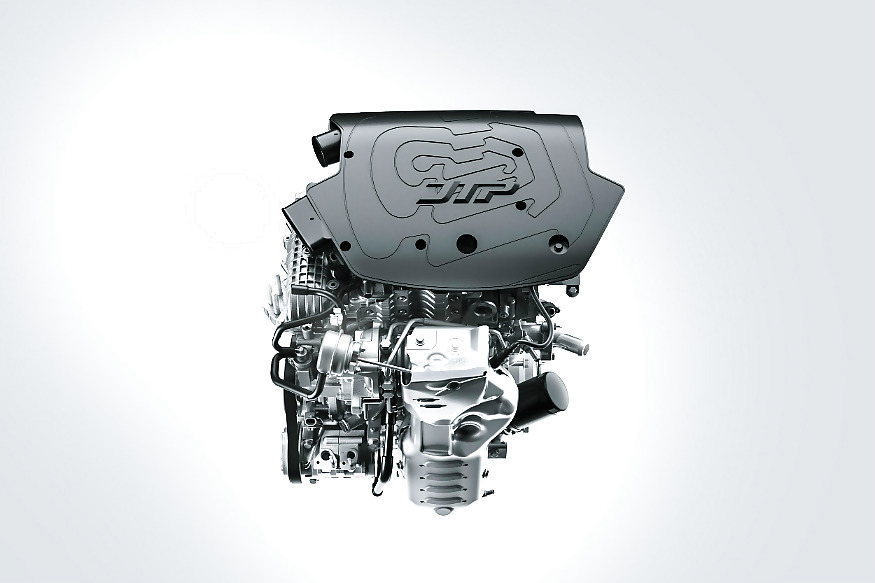
Refined Engines
Tata shunned its image of manufacturing diesel cars by introducing the highly refined Revotron range of petrol engines. There’s also a long list of drivetrain options including both Petrol and Diesel engine options, as well the option to have them along with a manual transmission or an AMT transmission. That's not it, Tata has also opened up their JTP range of cars with the launch of the Tiago JTP and the Tigor JTP which, as we found out in our tests, are some of the best value for money offerings in the market if you are looking for performance. Tata engines also promise the best fuel economy figures in their respective segments.

Killer Pricing
The most important factor for the success of any car, in any segment in the Indian market is its price tag. Tata has been leaving the industry surprised with each of their launch starting from the Tiago, which was launched at a super aggressive price tag of Rs 3.2 lakh in 2016. The same can be said for other cars too, which stirred up the competition with their launch price tags - like the Tata Tigor which was launched at Rs 5.2 lakh, the Tata Hexa which was launched at 11.99 lakh, the Tata Nexon which was launched at Rs 5.85 lakh and recently with the Tata Harrier which was launched at Rs 12.69 lakh.
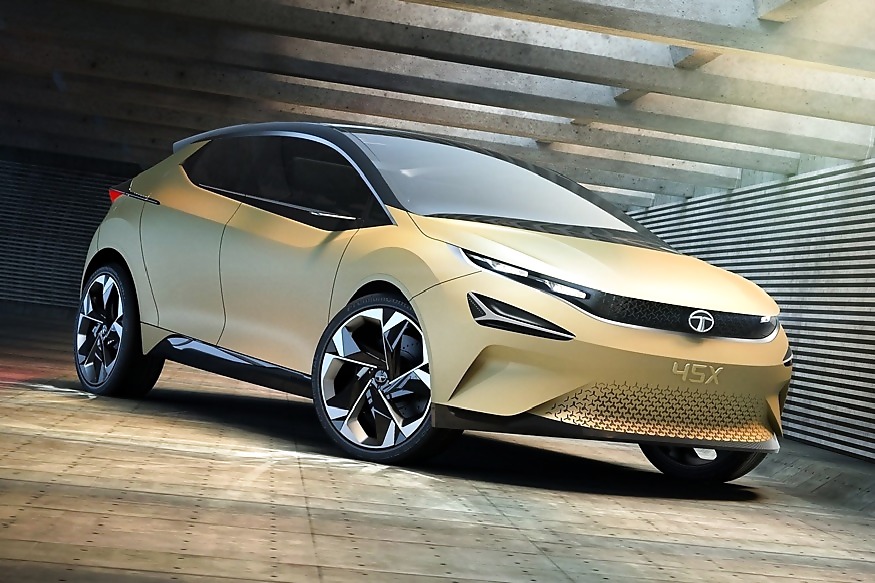
The Future
Currently, the biggest challenge that Tata cars face is the mindset of being a brand that makes cars for the commercial sector. While this thought might have receded in the metro cities, it is on its way to change in the tier-II and tier-III cities and once it does, then Tata's growth will increase substantially. The effects can be seen already with the Tata Tiago often breaking the list of the top 10 best-selling cars in India every month.
Now, Tata Motors is set to launch the production version of the 45X that was displayed at the 2018 Delhi Auto Expo which will be their premium hatchback offering in the country. And if the excitement surrounding it and Tata's habit of launching good-looking cars at an aggressive price tag is anything to go by, it is set to be a success. Also, the advancements that are being made by Jaguar-Land Rover will also give Tata the boost it requires in terms of research and development, especially in the Electric Vehicle segment.

Summarizing Tata’s Success
While Tata is actively working towards creating an exciting image in the minds of the young car buyers who are set to be the big spenders in the coming years, Tata didn’t see the success it is witnessing today overnight. Factors like attractive design language, futuristic features, refined engines and competitive prices helped make Tata such a promising brand today!











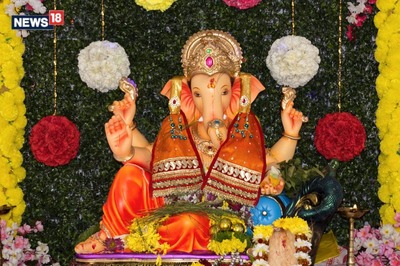


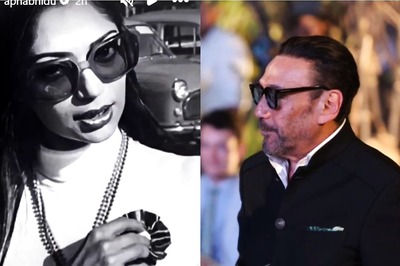





Comments
0 comment